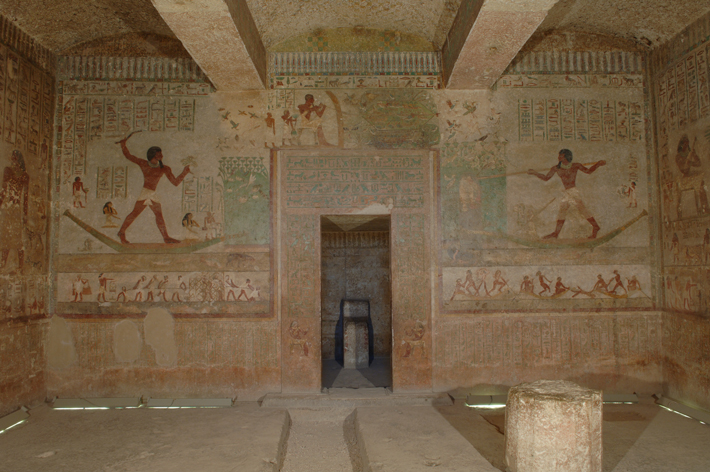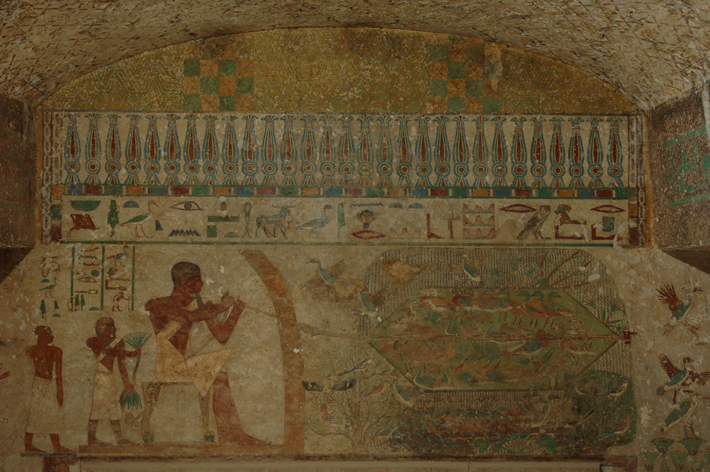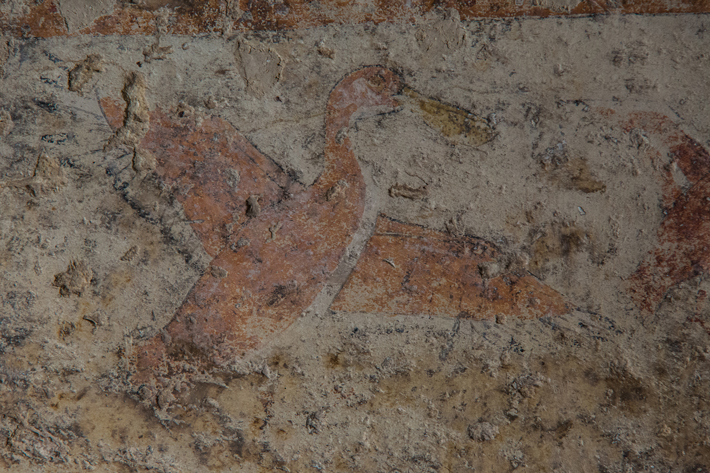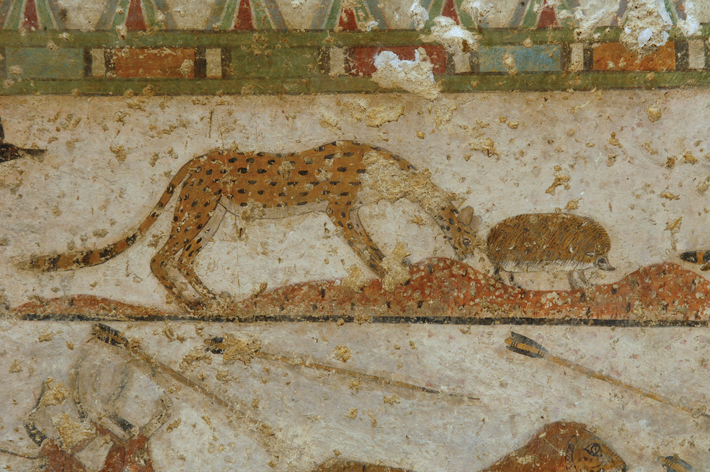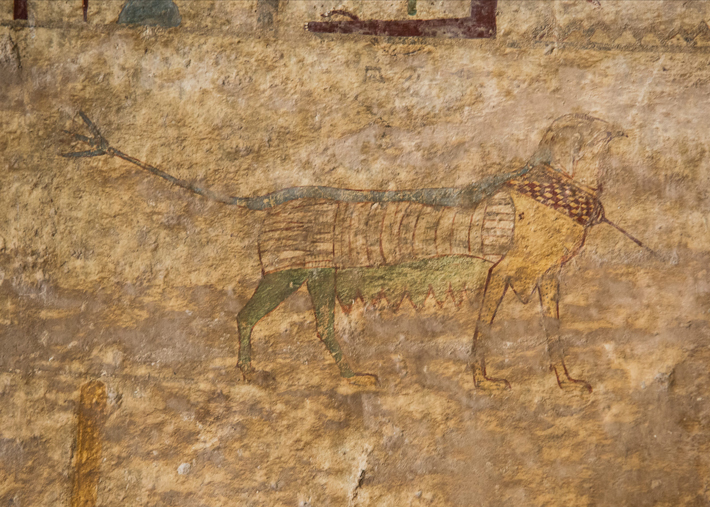Features
Global Cargo
By TRACY E. ROBEY
Monday, May 07, 2018
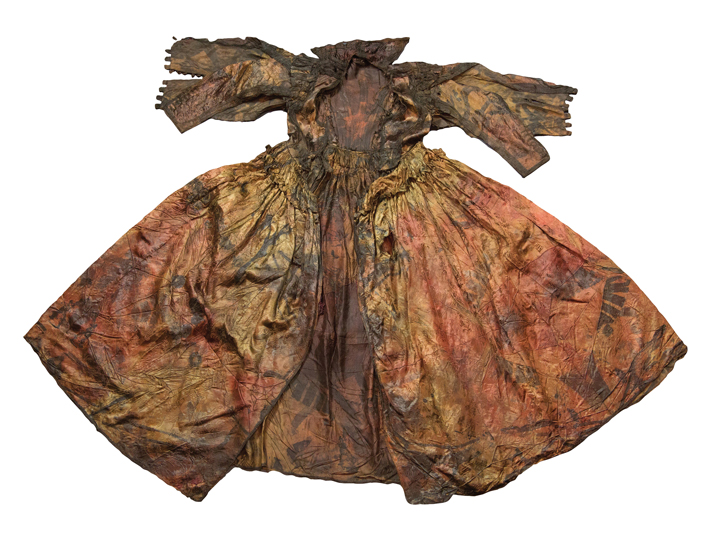
Sometimes, shipwrecks appear out of what seems to be merely sand. For more than 350 years, a ship lay unseen just off the Dutch island of Texel in the southeastern part of the North Sea, known as the Wadden Sea. This unique tidal and wetland environment, created by the interaction of salt water and fresh water with the mainland and islands, is one of the most dynamic ecosystems in the world, hosting an extraordinarily diverse biomass. It is home to more than 2,000 species of plants and animals, and is a crucial stopover on the major migratory flyways—between 10 and 12 million birds pass through each year. “This is an area which changes continuously,” says Maarten van Bommel, professor of conservation science and chair of the Restoration and Conservation of Cultural Heritage section at the University of Amsterdam. “Islands here grow and collapse, and the bottom of the sea also changes a great deal.” This can produce some surprises.
Hidden for centuries at a depth of nearly 30 feet, the so-called Burgzand Noord 17 wreck unexpectedly materialized on the seabed several years ago. A bit of the vessel and some artifacts were first spotted by members of a local amateur diving club in 2009, but it was not until 2014 that more of the ship and its cargo began to emerge. Because of the shifting nature of the seafloor and the need to protect the wreck and its contents from further illegal exploration, the artifacts from the site—which would eventually number more than 1,000—were quickly removed. “Finds appeared that needed to be saved immediately, otherwise they would be gone,” says van Bommel. “There wasn’t the time, as there is on land, to do a proper excavation.”
The particular setting where Burgzand Noord 17 is located has provided both advantages and disadvantages when it comes to the preservation of the ship’s cargo. The wreck sits in an environment that inhibits the oxygen, bacteria, and fungi that typically break down organic material. There, protected from light and currents, protein-based items of animal and insect origin, such as leather and silk, survived for centuries, while those of plant origin, such as book pages, and shirts, collars, and cuffs made of cotton or linen, are missing from the bundles brought up from the wreck, explains van Bommel.
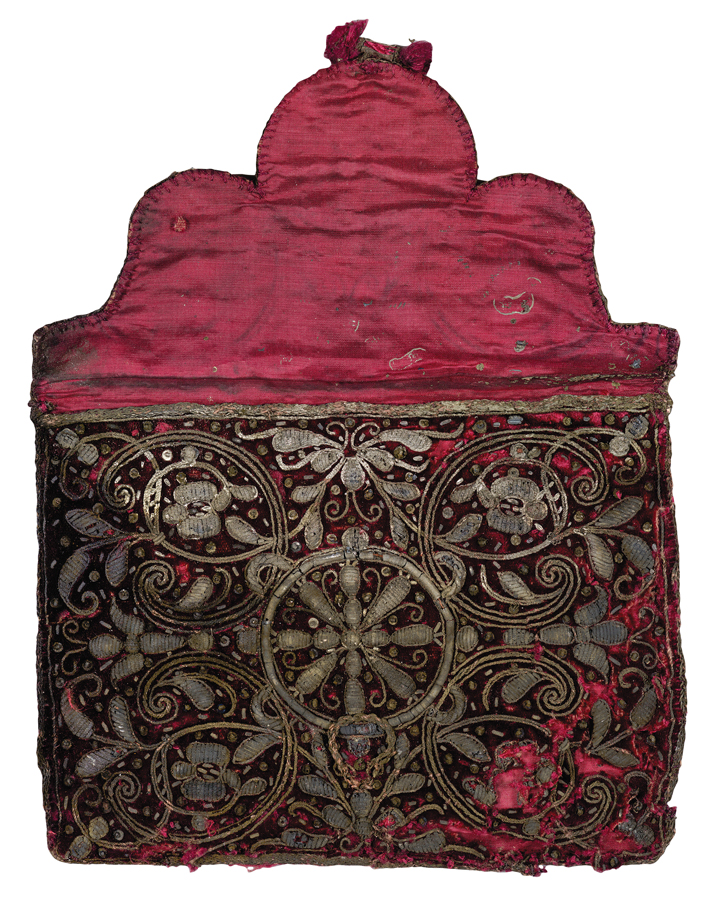 Interestingly, in the Wadden Sea’s diverse environment, shipwrecks just a few miles from Burgzand Noord 17 have contained plant fibers that were preserved. Around 1635, a vessel called the Aanloop Molengat sank on the opposite side of Texel from Burgzand Noord 17. There, both the plant fibers used to bale cattle hides and the poorly tanned hides themselves were recovered. Notwithstanding the vagaries of preservation, Burgzand Noord 17’s stunning collection of silk garments and velvet textiles, leather book covers, and pottery represents the richest cargo of seventeenth-century luxury goods ever found underwater.
Interestingly, in the Wadden Sea’s diverse environment, shipwrecks just a few miles from Burgzand Noord 17 have contained plant fibers that were preserved. Around 1635, a vessel called the Aanloop Molengat sank on the opposite side of Texel from Burgzand Noord 17. There, both the plant fibers used to bale cattle hides and the poorly tanned hides themselves were recovered. Notwithstanding the vagaries of preservation, Burgzand Noord 17’s stunning collection of silk garments and velvet textiles, leather book covers, and pottery represents the richest cargo of seventeenth-century luxury goods ever found underwater.
On busy days in the sixteenth and seventeenth centuries, hundreds of ships would anchor on the eastern side of Texel. For large vessels, the island was as close as they could come to the trading capital of Amsterdam because of a sandbank in the city’s harbor called Pampus—a small island there bears the same name today. (This changed in the nineteenth century when massive waterways such as the North Holland Canal and North Sea Canal opened new routes to the city.) Large ships would load and unload their cargo without ever traveling the 55 miles south to Amsterdam’s port, relying on smaller boats and carts to move the goods. Warships such as man-of-war frigates would even drop off their cannons at Texel for servicing in Amsterdam as there was simply no way for large ships to pull into the tricky harbor—unless a spring tide, just after a new or full moon, miraculously eased their way by raising the sea level.
Emblems for the Afterlife
By MARLEY BROWN
Monday, April 09, 2018
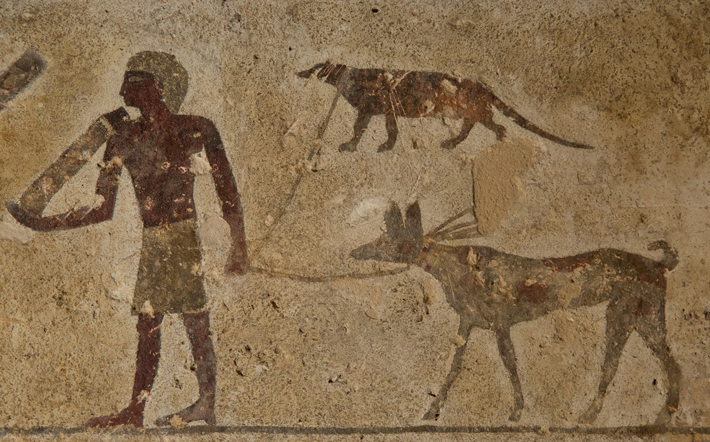
The decorated tombs of Beni Hassan, a cemetery site on the east bank of the Nile in central Egypt, not only bear the stamp of the artisans who decorated them, but also reflect the lives lived by the deceased. The tombs date to the 11th and 12th Dynasties of Egypt’s Middle Kingdom (2050–1650 B.C.) and offer some of the best-preserved examples of how artists and tomb owners conceived of the natural world. Originally surveyed between 1893 and 1900 by Egyptologist Percy E. Newberry, they are now being reexamined by a team of researchers from Australia’s Macquarie University. According to project director Naguib Kanawati, the tombs at Beni Hassan are among the most complete and important of Middle Kingdom Egypt. The works depict a great range of fauna and flora, including species rarely seen in Egyptian art. They have proven especially revealing of the relationships Egyptians had with animals.
 Many of the tombs at Beni Hassan include full-panel representations of animals in their natural habitats, including marsh and desert scenes that show a keen observation of animal behavior. “Sometimes they simply reflect everyday activities,” says Linda Evans, an Egyptologist and ethologist at Macquarie. “We see men driving herds of cattle, donkeys, sheep, and goats, which would have been a common sight in the surrounding fields. Other images show wild animals being hunted in the deserts or encountered in the marshes along the Nile.”
Many of the tombs at Beni Hassan include full-panel representations of animals in their natural habitats, including marsh and desert scenes that show a keen observation of animal behavior. “Sometimes they simply reflect everyday activities,” says Linda Evans, an Egyptologist and ethologist at Macquarie. “We see men driving herds of cattle, donkeys, sheep, and goats, which would have been a common sight in the surrounding fields. Other images show wild animals being hunted in the deserts or encountered in the marshes along the Nile.”
The degree of detail in the paintings can give the impression that they might be an accurate record of extant flora and fauna for the time in which they were produced. But according to Lydia Bashford, whose research at Macquarie focuses on birds in ancient Egyptian culture, the paintings are unlikely to be reliable as sources. “Investigations into tomb decoration and agency have shown that artists frequently replicated the content and scenes from contemporary tomb walls and those of earlier periods,” she says. Furthermore, she explains that certain animal species held significant cultural meaning, and so their images were often reproduced whether the animals were present or not.
Advertisement
Also in this Issue:
Advertisement
IN THIS ISSUE
From the Trenches
Conquistador Contagion
Off the Grid
Circle of Life
Norwegian Knight
A Night Out in Leicestershire
The Pirate Book Club
Alternative Deathstyles
Afterlife Under the Waves
No Dice Left Unturned
A Mark of Distinction
Early Buddhism in India
A Bronze Age Landmark
Time’s Arrow
We Are Family
World Roundup
Taino DNA, island Etruscans, IRA buttons, gate to the afterlife, and the last wild horses
Artifact
Man of the hours
Advertisement

Recent Issues
-
 May/June 2024
May/June 2024
-
 March/April 2024
March/April 2024
-
 January/February 2024
January/February 2024
-
 November/December 2023
November/December 2023
-
 September/October 2023
September/October 2023
-
 July/August 2023
July/August 2023
-
 May/June 2023
May/June 2023
-
 March/April 2023
March/April 2023
-
 January/February 2023
January/February 2023
-
 November/December 2022
November/December 2022
-
 September/October 2022
September/October 2022
-
 July/August 2022
July/August 2022
-
 May/June 2022
May/June 2022
-
 March/April 2022
March/April 2022
-
 January/February 2022
January/February 2022
-
 November/December 2021
November/December 2021
-
 September/October 2021
September/October 2021
-
 July/August 2021
July/August 2021
-
 May/June 2021
May/June 2021
-
 March/April 2021
March/April 2021
-
 January/February 2021
January/February 2021
-
 November/December 2020
November/December 2020
-
 September/October 2020
September/October 2020
-
 July/August 2020
July/August 2020
-
 May/June 2020
May/June 2020
-
 March/April 2020
March/April 2020
-
 January/February 2020
January/February 2020
-
 November/December 2019
November/December 2019
-
 September/October 2019
September/October 2019
-
 July/August 2019
July/August 2019
-
 May/June 2019
May/June 2019
-
 March/April 2019
March/April 2019
-
 January/February 2019
January/February 2019
-
 November/December 2018
November/December 2018
-
 September/October 2018
September/October 2018
-
 July/August 2018
July/August 2018
-
 May/June 2018
May/June 2018
-
 March/April 2018
March/April 2018
-
 January/February 2018
January/February 2018
-
 November/December 2017
November/December 2017
-
 September/October 2017
September/October 2017
-
 July/August 2017
July/August 2017
-
 May/June 2017
May/June 2017
-
 March/April 2017
March/April 2017
-
 January/February 2017
January/February 2017
-
 November/December 2016
November/December 2016
-
 September/October 2016
September/October 2016
-
 July/August 2016
July/August 2016
-
 May/June 2016
May/June 2016
-
 March/April 2016
March/April 2016
-
 January/February 2016
January/February 2016
-
 November/December 2015
November/December 2015
-
 September/October 2015
September/October 2015
-
 July/August 2015
July/August 2015
-
 May/June 2015
May/June 2015
-
 March/April 2015
March/April 2015
-
 January/February 2015
January/February 2015
-
 November/December 2014
November/December 2014
-
 September/October 2014
September/October 2014
-
 July/August 2014
July/August 2014
-
 May/June 2014
May/June 2014
-
 March/April 2014
March/April 2014
-
 January/February 2014
January/February 2014
-
 November/December 2013
November/December 2013
-
 September/October 2013
September/October 2013
-
 July/August 2013
July/August 2013
-
 May/June 2013
May/June 2013
-
 March/April 2013
March/April 2013
-
 January/February 2013
January/February 2013
-
 November/December 2012
November/December 2012
-
 September/October 2012
September/October 2012
-
 July/August 2012
July/August 2012
-
 May/June 2012
May/June 2012
-
 March/April 2012
March/April 2012
-
 January/February 2012
January/February 2012
-
 November/December 2011
November/December 2011
-
 September/October 2011
September/October 2011
-
 July/August 2011
July/August 2011
-
 May/June 2011
May/June 2011
-
 March/April 2011
March/April 2011
-
 January/February 2011
January/February 2011
Advertisement





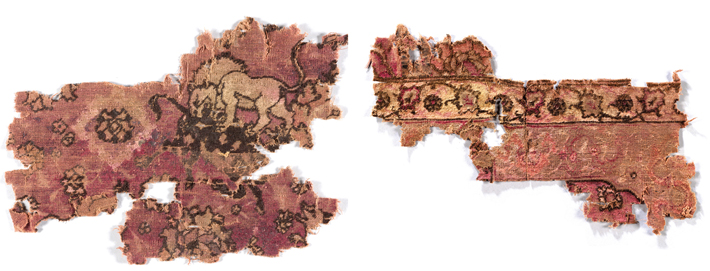

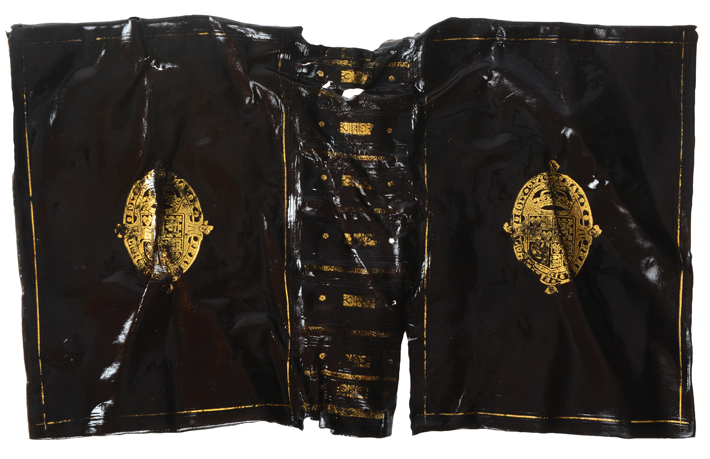
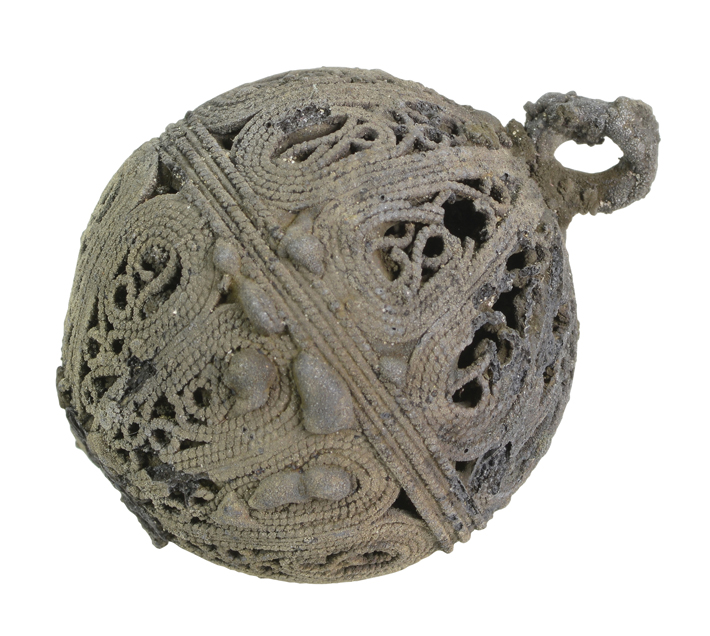 Burgzand Noord 17 is notable both for the objects recovered from the wreck and for those that are absent from what might be expected to be part of the luggage of any particular passenger. One missing class of artifacts stands out because the type of woman who would have owned the damask and brocade silk gown that was rescued from the seafloor—a garment suitable as everyday dress for a lady of noble standing—would have traveled with many undershirts. Undershirts are decidedly lacking among the artifacts.
Burgzand Noord 17 is notable both for the objects recovered from the wreck and for those that are absent from what might be expected to be part of the luggage of any particular passenger. One missing class of artifacts stands out because the type of woman who would have owned the damask and brocade silk gown that was rescued from the seafloor—a garment suitable as everyday dress for a lady of noble standing—would have traveled with many undershirts. Undershirts are decidedly lacking among the artifacts.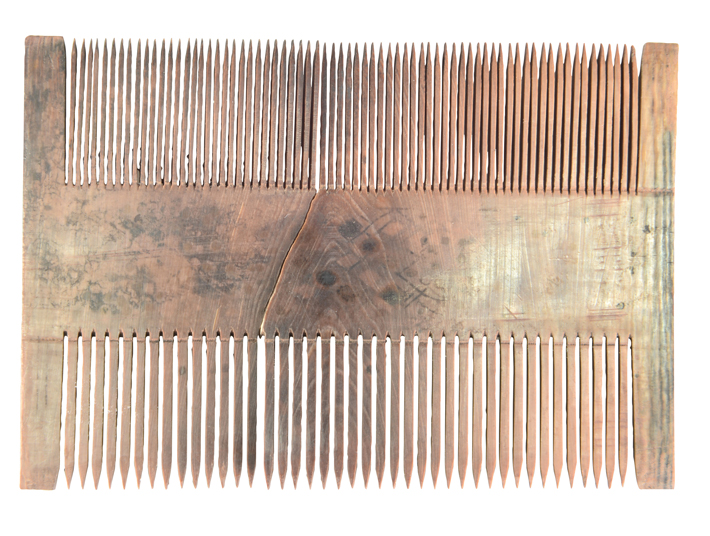
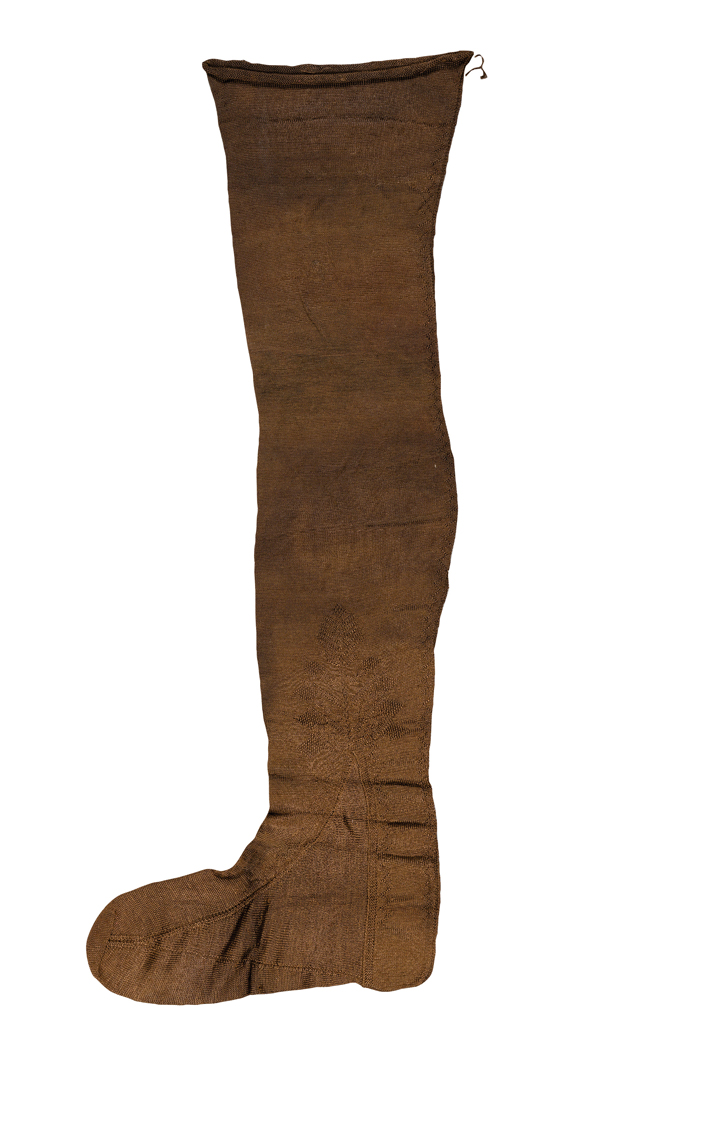 Nevertheless, new information emerges regularly from the teams working on the artifacts. And still other preliminary interpretations are now beginning to be overturned. For example, it wouldn’t be terribly surprising to find a lice comb among the objects from the Texel wreck. Lice, fleas, and bedbugs were common afflictions of the time, most associated with those of lower status, though of course the pests didn’t inquire about rank before crawling on. Considering that lice can spread typhus, the infestations weren’t merely inconvenient, but also dangerous. Yet, upon further investigation, Martin Veen, collection manager of the wreck’s artifacts and administrator of the North Holland archaeology depot, thinks that the item originally identified as a lice comb is in fact a regular seventeenth-century comb. And an object identified initially as a pomander—a metal ball used for holding sweet-smelling herbs and flowers to cover bad odors—is now thought to be a button from one of the garments. Work on the 1,000-plus artifacts already recovered is under way, and a potential trove of untouched objects from the wreck still lie buried and covered by the sea. “The complete project will likely take some years to finish,” says van Bommel. At least for now, the ship sits on the seafloor protected by a net and sand while scholars debate the next step.
Nevertheless, new information emerges regularly from the teams working on the artifacts. And still other preliminary interpretations are now beginning to be overturned. For example, it wouldn’t be terribly surprising to find a lice comb among the objects from the Texel wreck. Lice, fleas, and bedbugs were common afflictions of the time, most associated with those of lower status, though of course the pests didn’t inquire about rank before crawling on. Considering that lice can spread typhus, the infestations weren’t merely inconvenient, but also dangerous. Yet, upon further investigation, Martin Veen, collection manager of the wreck’s artifacts and administrator of the North Holland archaeology depot, thinks that the item originally identified as a lice comb is in fact a regular seventeenth-century comb. And an object identified initially as a pomander—a metal ball used for holding sweet-smelling herbs and flowers to cover bad odors—is now thought to be a button from one of the garments. Work on the 1,000-plus artifacts already recovered is under way, and a potential trove of untouched objects from the wreck still lie buried and covered by the sea. “The complete project will likely take some years to finish,” says van Bommel. At least for now, the ship sits on the seafloor protected by a net and sand while scholars debate the next step.